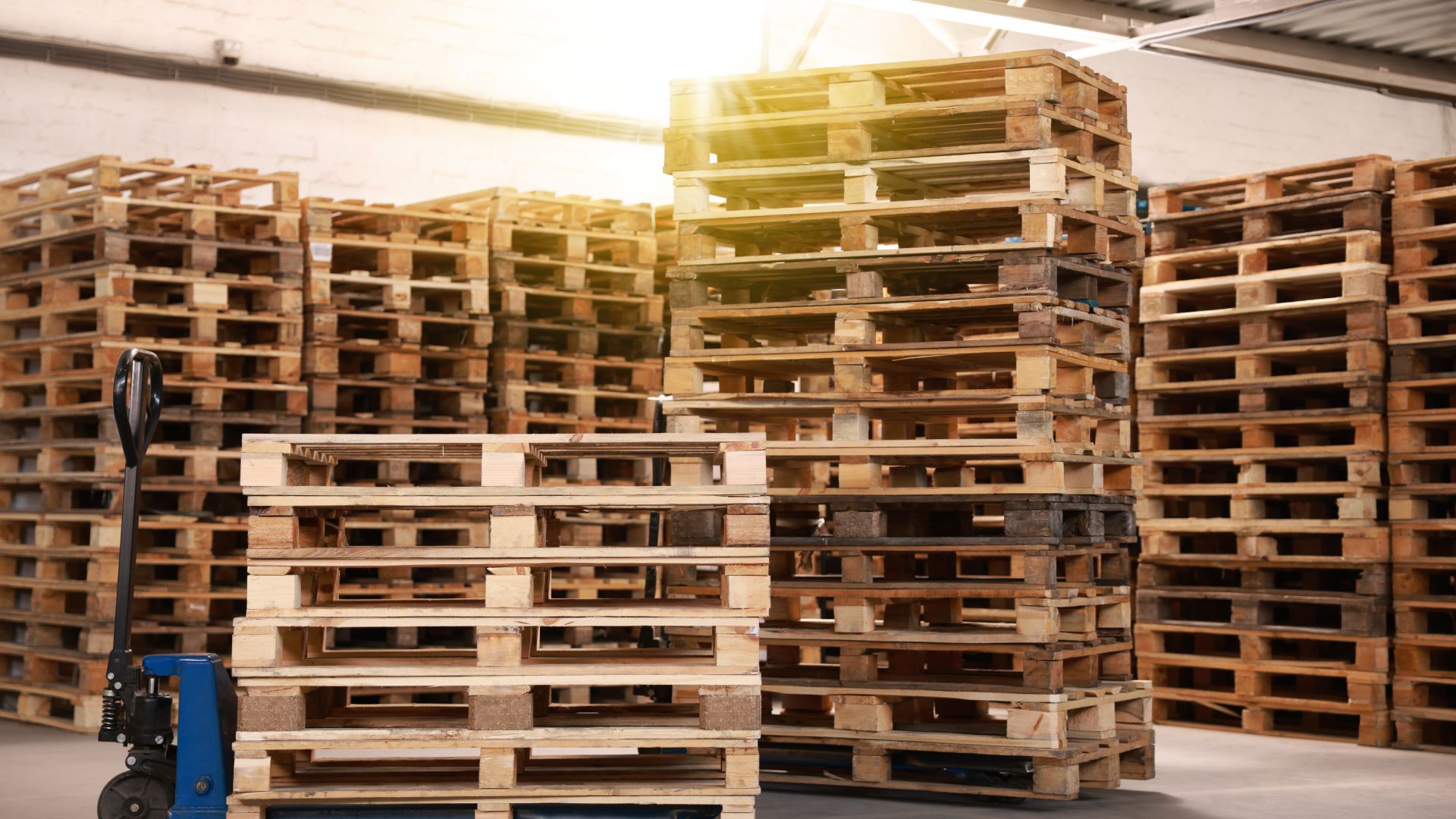The History of Pallets in the Industrial Environment

Every day, pallets quietly play an instrumental role in the logistics industry. These simple platforms bear the weight of the global supply chain.
Without pallets, the movement of goods would be less efficient and more labor-intensive. They are the backbone of warehouses, ensuring products reach their destinations safely and swiftly. We’re peeling back the curtain on these key players by exploring the history of pallets in the industrial environment.
The Birth of a Game Changer
The early 20th century saw the birth of pallets, revolutionizing how goods were handled. They emerged from the need to move large quantities of products more efficiently.
Before pallets, manual labor was the primary means of moving goods, which was time-consuming and prone to human error. The introduction of pallets changed that narrative and offered a standardized platform to simplify the process.
A Century of Evolution
Throughout the 20th century, pallets underwent significant evolution. The standardization of pallet sizes facilitated global trade and made it easier to load and unload goods across different transportation modes.
The standardization also led to widespread adoption across various industries. With the advent of forklifts, pallets became indispensable, forming an integral part of the modern industrial environment.
Transforming Warehousing Practices
Pallets drastically influence warehousing practices by enhancing efficiency and organization. They allow for vertical stacking, which maximizes storage space in warehouses.
Such innovations in storage practices streamline operations while reducing the time and effort required to manage inventory. The integration of pallets into warehousing has paved the way for further advancements in logistics.
Beyond Wooden Slabs
Innovation in pallet design continues to drive the logistics industry forward. Today, pallets are made from a variety of materials, including plastic and metal, catering to different needs.
Automated palletizing technology has further revolutionized the industry by reducing labor costs and increasing efficiency. This technological advancement allows warehouses to process goods faster and with greater accuracy.
Peering Into the Future
The future of pallets lies in sustainable practices and automation. As industries focus on reducing their environmental footprint, pallets will evolve to meet these demands.
Automation will continue to play a key role, further enhancing efficiency and reducing labor costs. The pallet’s historical role in the industrial environment will remain pertinent, adapting to meet the challenges of a rapidly changing world.
Pallets have been pivotal in shaping the logistics industry, evolving to meet the needs of modern warehousing. Their impact on efficiency and organization cannot be overstated, especially as automated palletizing reduces labor costs. Looking ahead, pallets will continue to adapt, securing their place as an essential component of the global supply chain.








